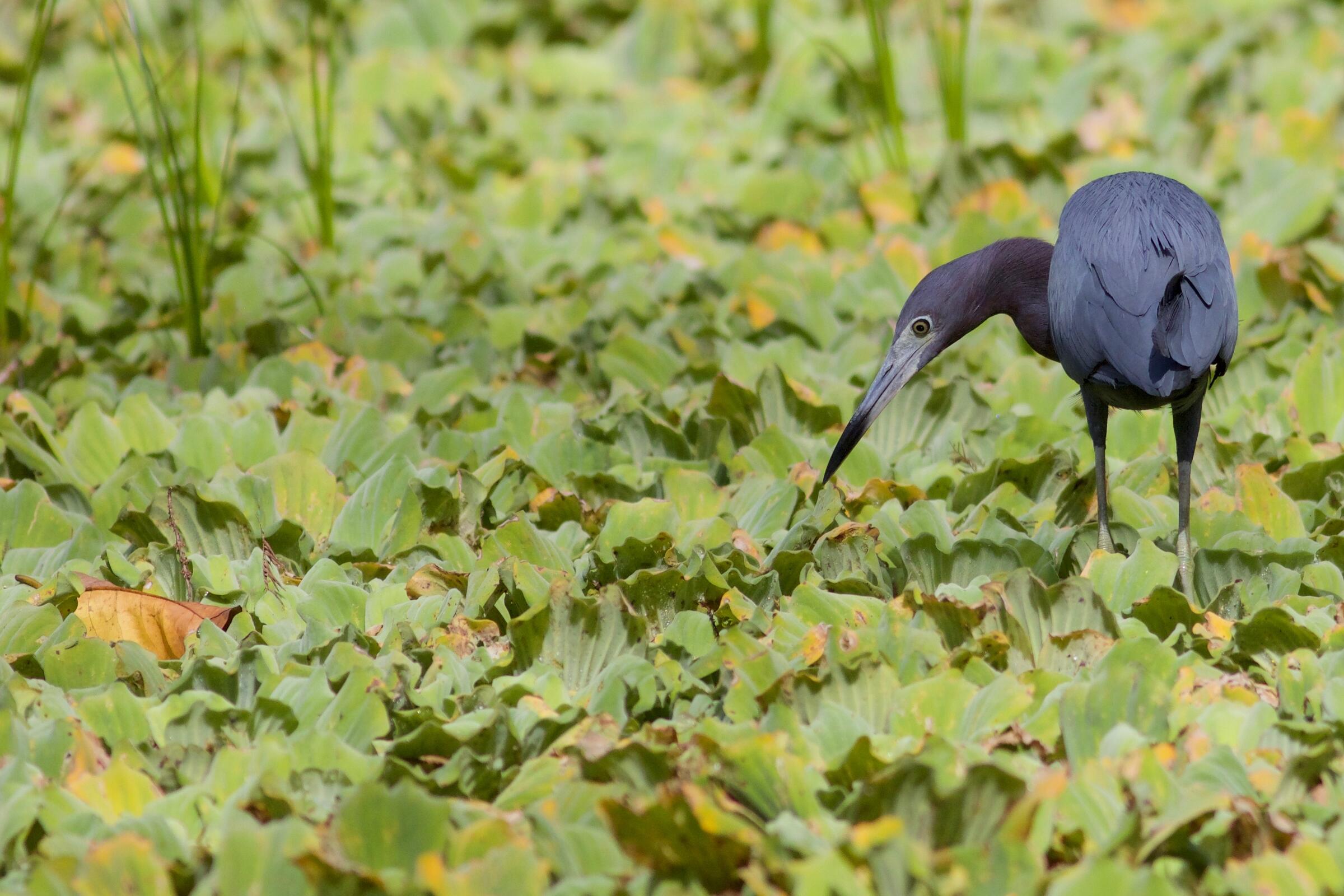August marked the one-year anniversary of the Inflation Reduction Act (IRA), the most significant climate and clean energy legislation ever passed in the United States. The IRA includes investments and innovation in clean energy, infrastructure efficiency, electric vehicles, public transit, and grid modernization, all while prioritizing American communities and working families. This historic climate law also provides hope for birds and people in the fight against climate change. Most importantly for birds, two-thirds of which are threatened with extinction from climate change, the IRA included significant investments in natural systems, habitat protections, voluntary conservation, and wetland restoration around the country. From the Great Lakes to the Great Salt Lake, and down to Florida, birds like the Common Loon, Roseate Spoonbill, and Wilson’s Phalarope are poised to benefit from the investments in the IRA. We all are.
The Inflation Reduction Act built on critical clean energy and climate investments and included significant funding for water and working lands in ways that bolster bird habitats and community resiliency. Specifically, the IRA included $4 billion to address drought in the western United States and nearly $20 billion to support voluntary conservation on ranches and farms across the country. These two sources of funding are critical down payments for addressing habitat issues impacting ecosystems throughout the country. The $4 billion for drought funding includes crucial support to enable agricultural and municipal water users to voluntarily reduce water consumption, thus leaving more water in rivers. And, it advances habitat restoration in areas impacted by drought and projects for efficiencies in water conservation.
The $20 billion in funding for voluntary conservation through the US Department of Agriculture was a huge win for birds, particularly grassland-dependent birds which are threatened by habitat loss. The first round of this funding, $850 million, was made available earlier this year. After an overwhelming expression of interest, landowners and producers applied directly for this additional funding through the Environmental Quality Incentives Program (EQIP) and Conservation Stewardship Program (CSP) and eligible parties applied for funding through the Agricultural Conservation Easement Program (ACEP).
This transformative IRA funding is intended to help producers implement climate and habitat friendly practices on their farms and ranches. It will be spent in communities: paying small businesses for fencing infrastructure, buying grass seed, supporting forest management through a certified forester, and much more. To help maximize the IRA funding’s impact, Audubon submitted comments to USDA in support of bird habitat and natural climate solutions through the restoration and protection of working lands—including wetlands, forests, and grasslands. Audubon will continue this important work to ensure that more practices important to birds and climate mitigation are eligible for this funding as the IRA continues to be implemented.
This article appears in the Fall 2023 issue of The Naturalist magazine.





